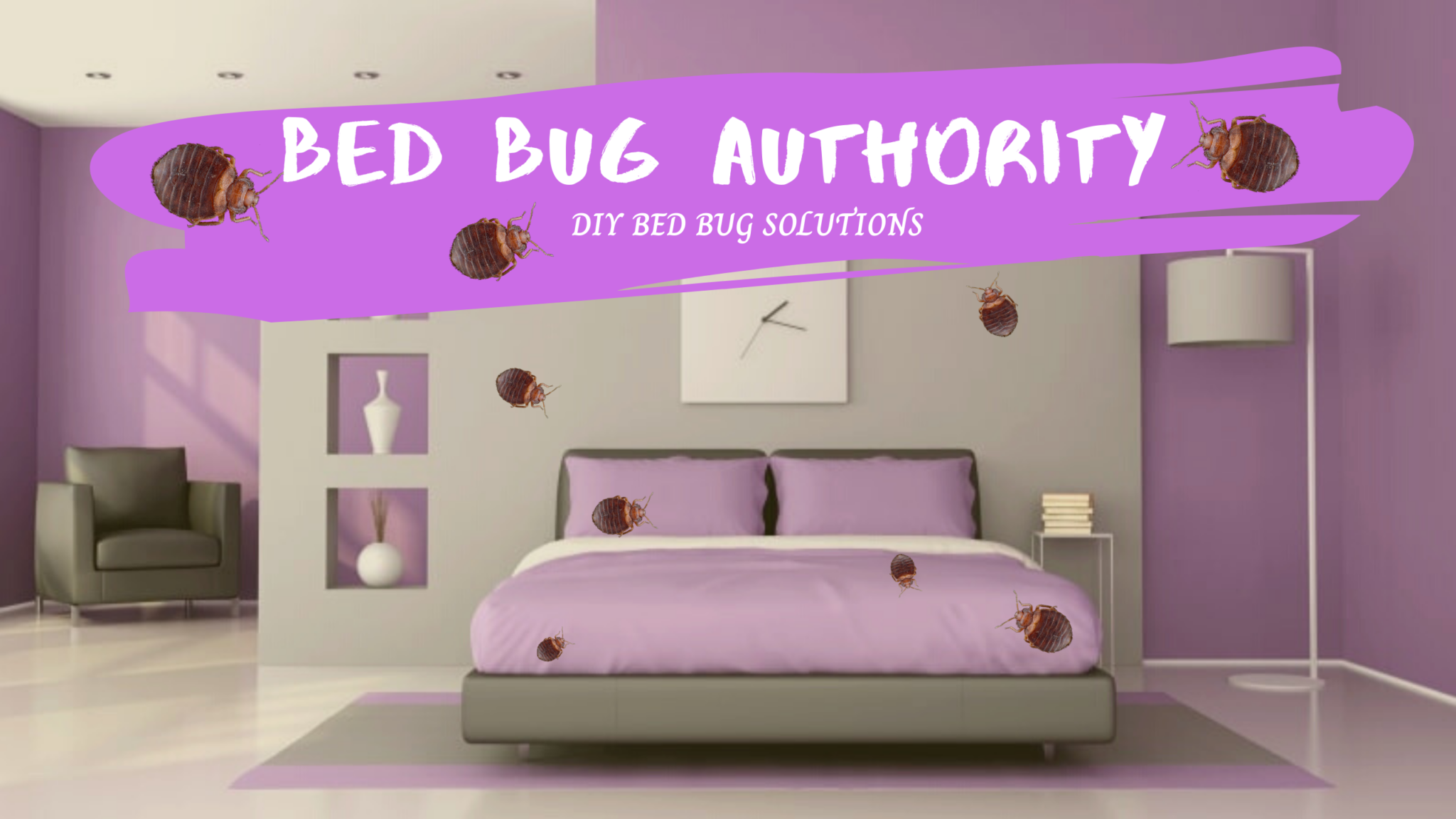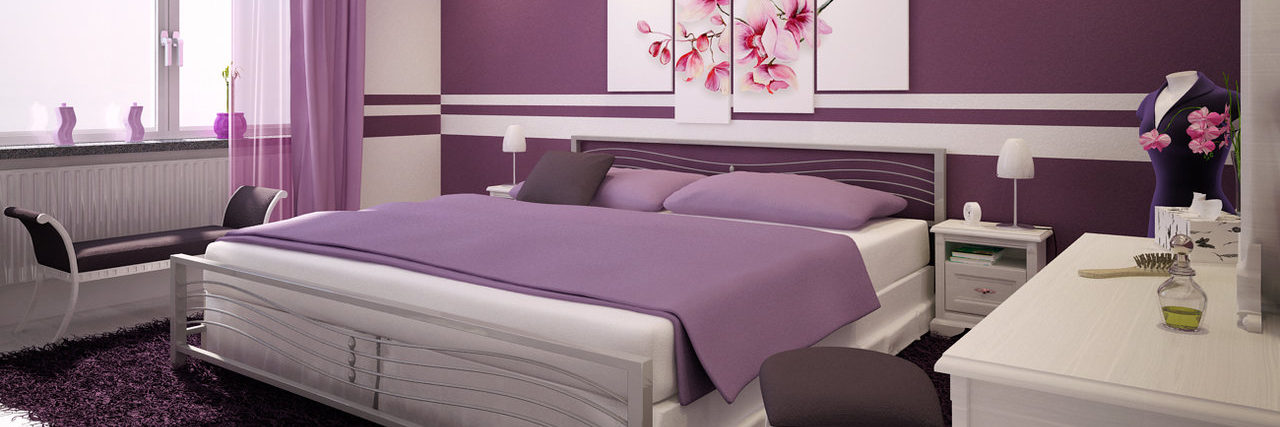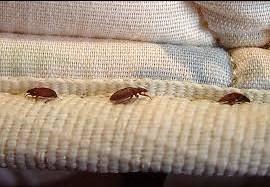
HOW TO KEEP BED BUGS OUT OF YOUR HOME
Bed bugs can be found in warm, semi-dark areas but are most commonly seen in mattresses and bedding. Nearly invisible to the naked eye, these pests can thrive just about anywhere there’s a frequent turnover of occupants, mainly college dormitories, hotel rooms, and even in a home.
While checking for bed bugs might not be part of your nightly routine today, in 2010 there was such a resurgence of bed bugs that the Environmental Protection Agency (EPA) and Centers for Disease Control and Prevention released a guide dedicated to protecting your home from bed bug infestations.
We’ll go over how to identify, remove and prevent bed bugs from infesting your home so you can sleep tight knowing nothing will bite.
How Do You Identify a Bed Bug?
Bed bugs can be tricky to identify. They’re small and sneaky, meaning it might make it hard to catch an infestation before it becomes an actual problem. If you do happen to get a good look at one, here’s what you should look for:
Size: 1/4 of an inch long (about the size of an apple seed)
Shape: Long, oval and flat
Color: Brown – reddish-brown
Other features: Antenna and four legs
All the above characteristics are consistent throughout most bed bugs but note that younger bed bugs or bed bug eggs, can have a smaller size and a translucent, milky-white color.
If you’re unable to get a good look at what you think might be a bed bug, you can also identify a bed bug by the trace it leaves behind. If you think your home may be host to uninvited guests, thoroughly clean your home and change your bedding while looking for signs of:
Rusty or reddish stains on bed sheets or mattresses (caused by bed bugs being crushed)
Dark spots (commonly bed bug feces)
Bed bug bites on a person or pet
Bed Bug Casings (Skins or Shells)
Although a bite might not be the best way to identify an infestation (they’re often confused for mosquito bites or rashes) know that bed bug bites can raise welts and rashes in humans, as well as cause an intense itching sensation; however, their bite does not carry infection or disease.
What Are Bed Bugs Attracted To?
Now that you know how to identify a bed bug, learning its habits, attractions and ideal breeding conditions can help you stop an infestation from spreading in your home. When it really comes down to it, bed bugs are drawn to:
Frequent foot traffic
Access to warmth
Carbon dioxide
It might sound gross but where there are people, there’s blood, and where there’s blood, there could be a bed bug. That’s why areas like dormitories, hotels, and homes are a prime location for bed bugs since so many people go in and out.
Their favorite hiding spots are bed frames, mattresses, box springs, and beddings, combining their need for warmth, carbon dioxide, and access to blood (people).
Although they’re commonly found in the bedroom, they can wedge their way into any small hiding spot in your home, they can fit anywhere there is enough space to fit a credit card. So if you think you might have a bed bug infestation, don’t stop at the bed. Check these other common areas:
Furniture with cushions (chairs, couches, ottomans)
Curtains
Drawers
Electrical outlets and appliances
Wallpaper
Ceiling or floor cracks
Bed bugs can live anywhere their host can live, so this is by no means a comprehensive list. They are known to bite both humans and pets and are mostly active at night. They can also live between six months to a year, so don’t wait to act if you see signs of an early infestation.
What Causes You to Get Bed Bugs?
Some sources might claim that a messy or dirty home can cause you to get bed bugs when in reality, even the cleanest home can get bed bugs. The real problem comes from previously infested furniture or people.
For example, you might have heard of hotel guests who insist on switching rooms because they found bed bugs or evidence of one. This is most likely because they know bed bugs can attach themselves to clothing or luggage and travel back home with you, becoming a souvenir you don’t recall buying from your last vacation.
Unfortunately for bargain shoppers or antique collectors, they can also be found in secondhand furniture. Not to mention, people can carry bed bugs in their clothing and shoes, so there’s really no limit to how bed bugs could enter your home.
So, as you can see, the real cause of bed bugs can’t be blamed on a messy home; the real cause of bed bugs in infested furniture, bedding, luggage, boxes, clothing – really, anything that provides a source of warmth and access to people.
Obviously, while you can avoid staying in hotel rooms and buying secondhand furniture that could possibly be infested with bed bugs, you really can’t avoid people. The most important thing is to know how to prevent and get rid of bed bugs.
How Do You Prevent Bed Bugs from Getting into Your Home?
Since the number one cause of bed bug infestations in your home is previously infected furniture and people, here are a few precautions you can take to prevent bed bugs from getting into your home.
Inspect Secondhand Furniture Before Buying
Buying secondhand furniture is a great way to save money when you’re looking to furnish your home on the cheap, but it can also pose a risk of bed bugs if not examined closely.
If you go thrift shopping on the regular, make it a habit of doing a quick inspection of the furniture you’re thinking of purchasing. For furniture, check along the seams of the upholstery for any sign of bed bugs or bed bug residue. As a rule of thumb, never purchase a secondhand mattress.
Even if it looks clean enough to bring home after purchase, give the furniture a good cleaning before placing it in your home. Store it in your garage or shed, vacuuming any furniture with fabric and upholstery and thoroughly cleaning with hot, soapy water if otherwise, careful to check any crevasses like drawers or storage places.
Regularly Inspect Your Bedding for Signs of Bed Bugs
This doesn’t have to be a task you do on a nightly basis, rather, whenever you wash your bedding take this time to inspect the condition of your bed for signs of bed bugs or bed bug residue.
If you see signs of bed bugs, remove your bedding from your bed, and place it in the washer on the highest heat and cycle setting your bedding will allow. The heat and water combined will kill any bed bugs that might be hiding in your bedding. For good measure, consider also washing any curtains, rugs, throw blankets and pillows that might have also been exposed in your bedroom.
As for your mattress and box spring, take them outside, and using a scrub brush gets into the seams and other affected areas of the mattress, brushing any bugs or eggs out. Then, take a vacuum and thoroughly clean the entire surface of both the mattress and box spring. After you’ve vacuumed your mattress, vacuum your bedroom, emptying the contents of the vacuum into a plastic bag and placing it in a garbage can outdoors.
Finally, enclose your mattress and box springs in a tight-fitting plastic covering, leaving both outside overnight. The plastic will keep any air from entering the mattress, suffocating any remaining bed bugs or eggs.
At the end of the day, you might feel more comfortable throwing away your affected mattress and box spring. If you’re worried about the chance of returning bed bugs, it’s worth the money to buy a new mattress set.
When Traveling, Always Check the Room for Bed Bugs
When traveling, check your hotel room for bed bugs before you unpack, focusing on the bedding, upholstered furniture, and curtains. If you see signs of bed bugs, ask the front desk or host for another room, notifying them that you found bed bugs in your current room.
Don’t bring your luggage into the room until the coast is clear of bed bugs. Bed bugs can attach themselves to your luggage and can live up to a week, making it possible for them to find their way back into your home.
If you think your clothing may be infected, separate the infected clothes from the rest of your luggage in a sealed plastic bag. When you return home, place the infected clothes in your washing machine on the highest heat setting your clothing will allow.
Inspect your luggage outside before bringing it back into your home. Go the extra mile by vacuuming and hand washing the bag with hot, soapy water. Leave outside to dry and inspect one final time before bringing it in.
What Keeps Bed Bugs Away?
According to some sources, there are a few scents that are rumored to repel bed bugs. All-natural products, like essential oils, are said to have an effect on bed bugs, but may not kill them off completely. If you’re dealing with a heavy infestation, it’s a better idea to act fast at eradicating Bed Bugs by using heat and chemicals.
However, if you’re just looking for a preventative method that might repel bed bugs from your home, here are a few essential oils that may do the trick:
Tea tree oil
Lavender
Thyme
Lemongrass
Peppermint
Use ten drops of any of the previously listed essential oils, dilute with water, and place in a spray bottle, spraying around the affected areas of your home like your bedsheets, curtains, luggage, and other areas where you might suspect bed bugs.
If you’re still noticing signs of bed bugs in your home, contact your local exterminator to schedule a cleaning of your home. Based on the level of infestation in your home, you might not be able to stay in your home during or after the treatment, so make sure you make arrangements to stay at a friend or family’s home during this time.
While you might not ever be able to completely prevent bed bugs from getting into your home, knowing how to properly identify, and eradicate bed bugs will help keep your household safe from infestations.
Have you experienced bed bugs in your home? How did you handle the infestation? Tell us your story below.





